Speckled Alder Tree
- November 12, 2024
- 0 comment
The Speckled Alder Tree (Alnus incana) is a unique and ecologically valuable tree native to wetland regions across North America and parts of Europe.

Known for its resilience in wet soils and its ability to improve soil quality, the Speckled Alder plays a vital role in ecosystems, providing habitat and nourishment for wildlife.
As part of the birch family, Betulaceae, it contributes significantly to biodiversity and ecosystem balance, especially in riparian zones and wetlands where few other trees thrive.
What Is a Speckled Alder Tree?
The Speckled Alder, scientifically classified as Alnus incana, is a deciduous shrub or small tree often found near rivers, lakes, and marshes. This species has several notable characteristics:
| Characteristic | Description |
|---|---|
| Scientific Name | Alnus incana |
| Common Names | Speckled Alder, Gray Alder, Tag Alder |
| Location | North America, Europe, and parts of Asia |
| Size | Typically 15–25 feet tall |
| Growth Pattern | Multi-stemmed shrub or small tree with smooth, speckled bark |
| Lifespan | Generally 30–60 years |
| Notable Feature | Nitrogen-fixing root nodules that improve soil health |
| Habitat | Prefers wetland areas, riverbanks, and marshes |
| Ecological Importance | Supports soil stabilization, water filtration, and provides habitat for wildlife |
| Conservation Status | Stable, but impacted by habitat loss and environmental changes |
| Symbolism | Represents renewal and ecological resilience |
| Conservation Efforts | Included in wetland restoration and conservation projects to protect ecosystems and biodiversity |
- Leaves: Speckled Alder leaves are oval with serrated edges, measuring around 5–10 cm in length. They are dark green and have a slight roughness.
- Bark: The bark is smooth with prominent white speckles (lenticels), which give the tree its name.
- Flowers and Seeds: It produces small, reddish catkins that bloom in early spring, before the leaves emerge. Male catkins are longer, while female catkins are small, becoming cone-like structures after pollination.
One fascinating feature of Speckled Alders is their ability to fix nitrogen in the soil through a symbiotic relationship with bacteria in their root nodules. This characteristic makes them beneficial for soil health and a valuable plant for ecological restoration projects.
Three Different Types of Speckled Alder Tree Species
Several varieties of the Alnus incana species group are found across different regions, with each adapting to local conditions:
Alnus Incana Subsp. Rugosa
Commonly referred to as Speckled Alder, this subspecies is native to North America and is found in a variety of wetland areas.
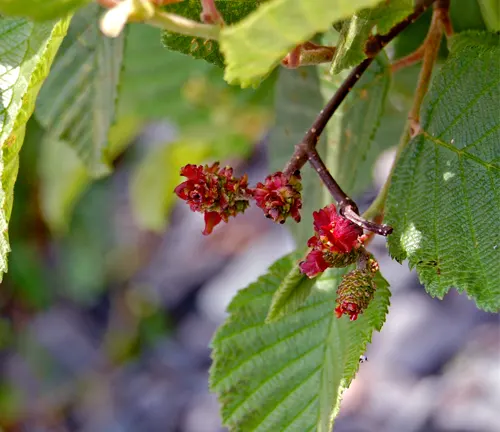
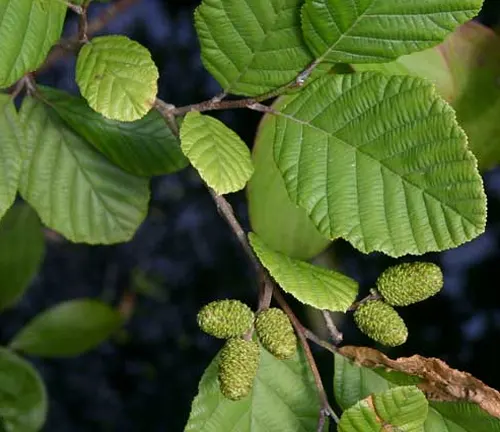
Alnus Incana Subsp. Tenuifolia
Known as Thinleaf Alder, it is commonly found in the mountainous regions of western North America.
Alnus Incana Subsp. Incana
Native to Europe and Asia, this variant is known as Grey Alder and often grows in mountainous and riverine areas.
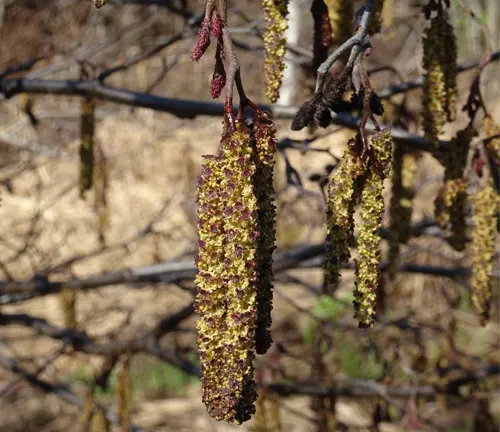
These subspecies may vary slightly in size and bark color, but they share a common ability to thrive in wet or disturbed soils and contribute to their ecosystems through soil stabilization and wildlife support.
Where Do Speckled Alder Trees Grow?
Speckled Alders grow naturally in cold to temperate regions, primarily in North America and northern Europe. They thrive in wet, boggy soils such as those found in marshes, stream banks, and lowland areas. While they prefer cool, moist environments, these trees can also tolerate a variety of conditions, including poor soils and temporary flooding.
By stabilizing soil along waterways and preventing erosion, Speckled Alders play a crucial role in maintaining the integrity of riparian and wetland ecosystems.
How to Grow and Care for Speckled Alder Trees
If you’re interested in growing Speckled Alder in your garden or as part of a restoration project, follow these guidelines:

- Soil: Speckled Alders prefer moist, slightly acidic soils but can adapt to different soil types.
- Water Needs: Regular watering is necessary, especially during dry spells. They are suited to environments with frequent moisture.
- Sunlight: Full sun to partial shade is ideal for healthy growth.
- Propagation: This tree can be propagated from seeds or cuttings. Seeds should be collected in autumn and stored in a cool place until spring planting.
Routine maintenance for a Speckled Alder includes occasional pruning to remove damaged branches and managing pests or diseases, though they are generally hardy.
Ecological Benefits of Speckled Alder Trees
Speckled Alder trees are vital for their ecosystems:
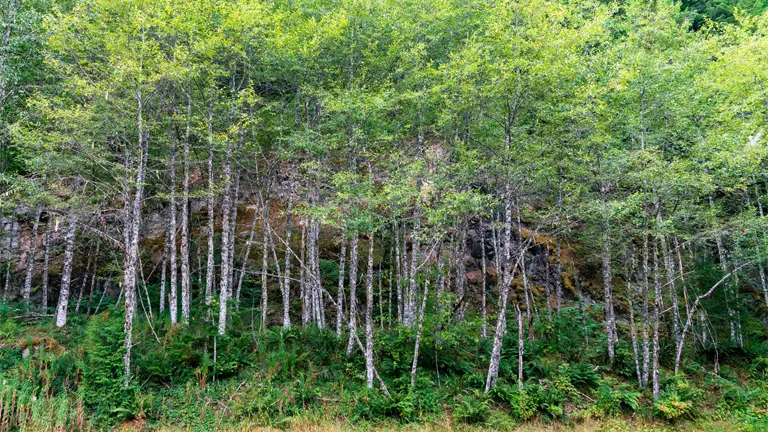
- Soil Health: By fixing nitrogen in the soil, they enrich the ground, benefiting nearby plants.
- Erosion Control: Their root systems stabilize soils along riverbanks, reducing erosion and sedimentation in water bodies.
- Habitat: These trees provide nesting sites for birds and shelter for various wildlife species.
Speckled Alder Tree Flowering and Pollination
Speckled Alders flower in early spring, producing catkins before their leaves fully emerge. The tree’s small, reddish catkins release pollen, which is spread by wind to fertilize nearby female catkins. This pollination process supports local biodiversity, attracting pollinators like bees.
Is the Speckled Alder Tree Drought-Tolerant?
Though Speckled Alders are generally resilient, they are not highly drought-tolerant and prefer areas with ample water. In drought conditions, they may suffer from stress, which can be mitigated by planting in lowland or consistently moist areas.
Speckled Alder Tree and Wildlife Interactions
Speckled Alders support a diverse range of wildlife. Birds, such as warblers, use them for nesting, while insects feed on their leaves and bark. Beavers often use these trees in dam construction, creating more habitats for fish and other aquatic species. Additionally, their pollen and seeds provide sustenance for various animals, ensuring a balanced ecosystem.
Final Conclusions
The Speckled Alder Tree is more than just a tree; it’s an ecological cornerstone that enriches soil, supports wildlife, and protects water quality. This tree’s resilience and ecological contributions make it an important species for conservation and restoration efforts. With its unique ability to fix nitrogen and stabilize waterways, the Speckled Alder remains an essential component of healthy ecosystems and a valuable ally in biodiversity conservation.
Frequently Asked Questions (FAQs)
- What is the Speckled Alder Tree?
The Speckled Alder Tree (Alnus incana) is a small deciduous tree or shrub known for its speckled bark, nitrogen-fixing ability, and preference for wetland areas. - Where does the Speckled Alder Tree grow?
It thrives in moist, cool regions like riverbanks, marshes, and lowlands across North America and parts of Europe. - How does the Speckled Alder improve soil health?
The tree has a symbiotic relationship with bacteria that fix nitrogen in its roots, enriching the soil and benefiting nearby plants. - Is the Speckled Alder Tree drought-tolerant?
Not very; it prefers moist soils and is less tolerant of prolonged drought conditions, making it better suited for wetter areas. - What wildlife depends on the Speckled Alder Tree?
Many birds, insects, and animals like beavers use it for shelter, nesting, and food, supporting a diverse ecosystem. - When does the Speckled Alder Tree flower?
It blooms in early spring with small, reddish catkins that are wind-pollinated before the leaves appear. - How do you grow and care for a Speckled Alder Tree?
Plant in moist, slightly acidic soil with access to full sun or partial shade, and keep soil well-watered, especially in dry periods. - Why is the Speckled Alder important for conservation?
It stabilizes soil along waterways, reduces erosion, improves soil fertility, and supports local biodiversity, making it valuable for environmental restoration projects.
We hope this guide has highlighted the ecological importance of the Speckled Alder Tree. Have experiences or insights to share? Join the conversation below to help others value this remarkable tree. Don’t forget to share this guide with those interested in fostering biodiversity and healthier ecosystems!


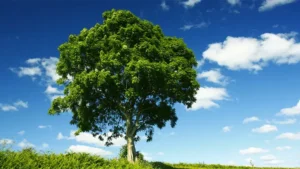
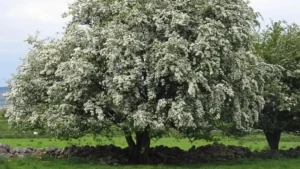
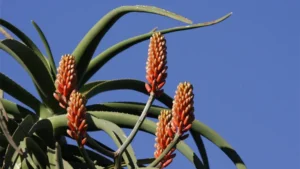

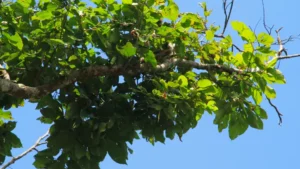
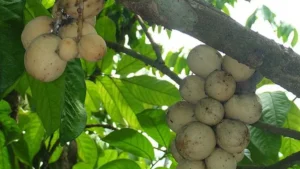
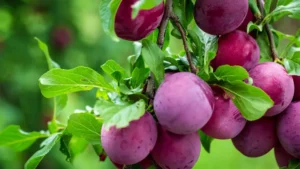
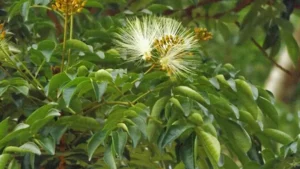
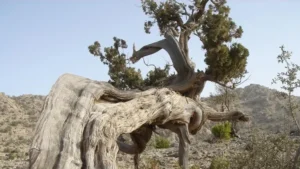

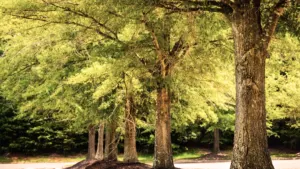
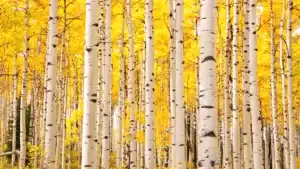
Leave your comment